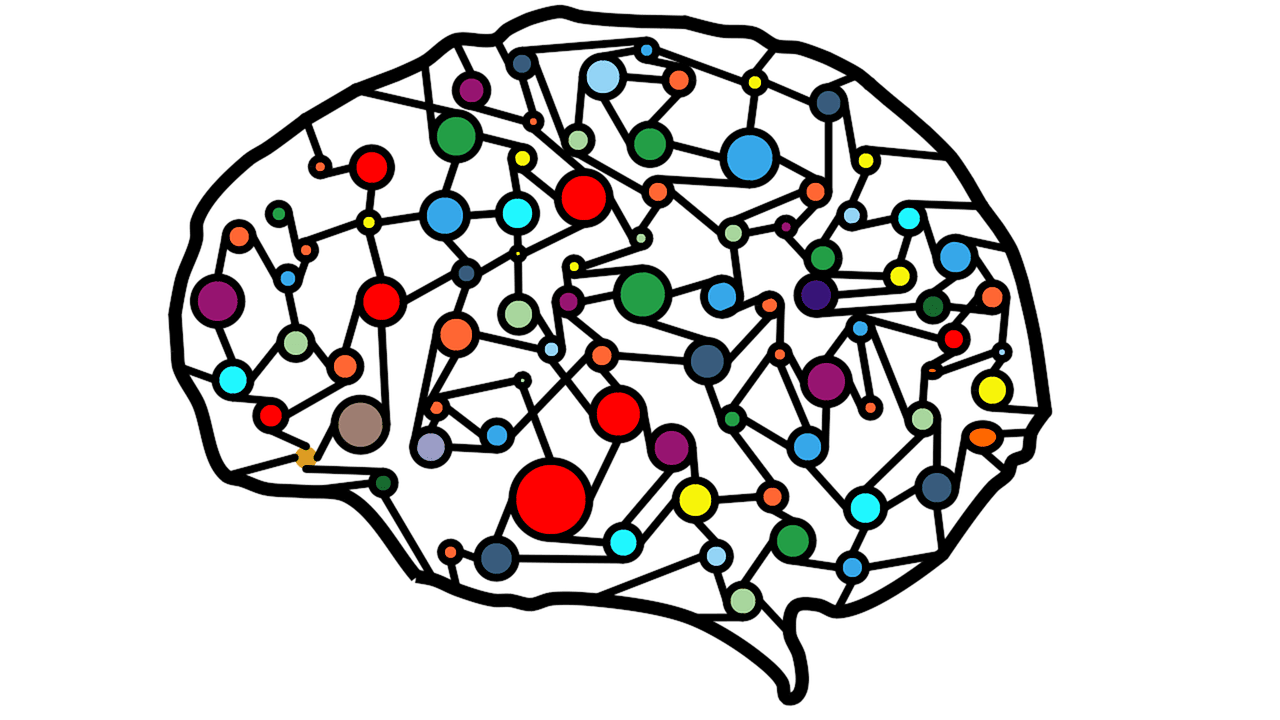Have you ever thought about how Google translates a whole web page within moments? Or how does your smartphone gallery group images by their location? Both Google and your mobile do this using a technique known as Deep Learning.
Before we dive into details, let’s start with the basics of Deep Learning. It is a part of Machine Learning, a component of Artificial Intelligence (AI).
AI processes vast amounts of raw data using algorithms. It learns techniques to differentiate and group data items by doing it. AI gathers experiences the same as humans do through their regular activities.
Nonetheless, algorithm-based Machine Learning has limitations over gaining experience and performance. Their performance levels are finite irrespective of the quantity of data. But Deep Learning systems can perform way better if they have access to more data.
Deep Learning systems have more experience (in machine terms) than AI machines. It can detect diseases, inspect crops, and tools, drive cars, etc., efficiently.
Also Read: What is Big Data (Explained in Plain English)
How Does Deep Learning Work?
Deep Learning systems learn by processing complex data structures. It processes complex structures to gain knowledge and experience as we humans do to learn new things. They build different layers to process these intricate structures in the data.

It is an adaptation of the human brain known as an Artificial Neural Network. Deep Learning systems achieve their tasks through it. For example, imagine a machine to differentiate between tomatoes and cherries. Conventional machine learning systems need attributes to determine tomatoes and cherries, and these attributes are size, leaf types, etc.
So, a small amount of human work is needed to prepare the attributes. But Deep Learning systems don’t need human intervention. But, it would demand a lot of information about tomatoes and cherries.
Deep Learning systems can perform several intricate tasks. Moreover, speech recognition, robotics, computer vision, and machine translation have vast potential. Deep Learning techniques have exceeded the capabilities of traditional Machine Learning.
Why Deep Learning is important?
Deep Learning techniques have many applications in the modern world. We live in a fast-growing society that has limitless opportunities. But to accept them, we need a more sophisticated Artificial Intelligence. So far, it has helped us to discover exoplanets, novel drugs. On top of that, it has identified diseases and subatomic particles.
Its applications don’t end there. We live in a society that faces different challenges from time to time. Climate change, the environment, and new diseases are sustaining challenges. Besides, the limitation of resources for humans is becoming a significant concern.
We need a more advanced artificial intelligence to overcome these broad challenges. Deep Learning has contributed to exploring and understanding new branches of Biology. Immunome, genomics, metabolomics, proteomics, and several others are now familiar to us.
But, robotics has seen the most breathtaking Deep Learning artificial intelligence. Here, artificial eyes (cameras) visual information has made way to countless possibilities. Artificial neural networks and Deep Learning have enhanced robots’ capabilities, and they can understand their surroundings better. Also, make consistent decisions, collaborate with humans, and enhance human capacities.
Applications of Deep Learning

1. Robotics
Improvement of incorporated AI in robots allowed integration into the work culture. As Deep Learning techniques grow and gather more experience, it lowers human efforts.
Recent AI improvements have given robots the ability to sense their surroundings. This breakthrough in Deep Learning is essential for our future. In the end, robots will replace human assistants. It will follow voice commands, use gestures, and expect the following actions.
2. Agriculture
Artificial intelligence has also revolutionized farming. We are aware of the dangerous effects of pesticides and herbicides on humans. Diseases due to the harsh effects of pesticides are an ever-occurring scenario. Replacing them with intelligent equipment has been a great revolution, and Deep Learning has allowed the differentiation between plants and weeds. Thus spraying suitable pesticides is easy with AI-powered farm equipment.
3. Medical imaging and healthcare
Most noticeable improvements through Deep Learning have taken place in healthcare. These improvements have been possible due to vast data in this sector.
Neural networks process the data and learn to classify them. Dermatologists have used Deep Learning to identify skincare diseases. Furthermore, the identification of retina and oncology diseases has been crucial.
What Does the Future Hold for Deep Learning?
Presently, various types of neural networks are active. Some are ideal for image classification, and some to process sequential data. But in both cases, a large amount of relevant data allows them to learn and function, termed Supervised Learning. In the future, there will be room for Unsupervised Learning, having no to less data for Deep Learning AI Systems to learn and operate.
Recommended: What is VR, and What is AR.
Conclusion
Evolution is key to the survival of any species, and adjusting to the surrounding environments corresponds to the survival of the fittest. We once couldn’t have imagined artificial intelligence. But now, almost everyone benefits from its applications. Similarly, Deep Learning has brought many positives with limitless possibilities. We will see more advancements in this improving our livelihood in the future.












